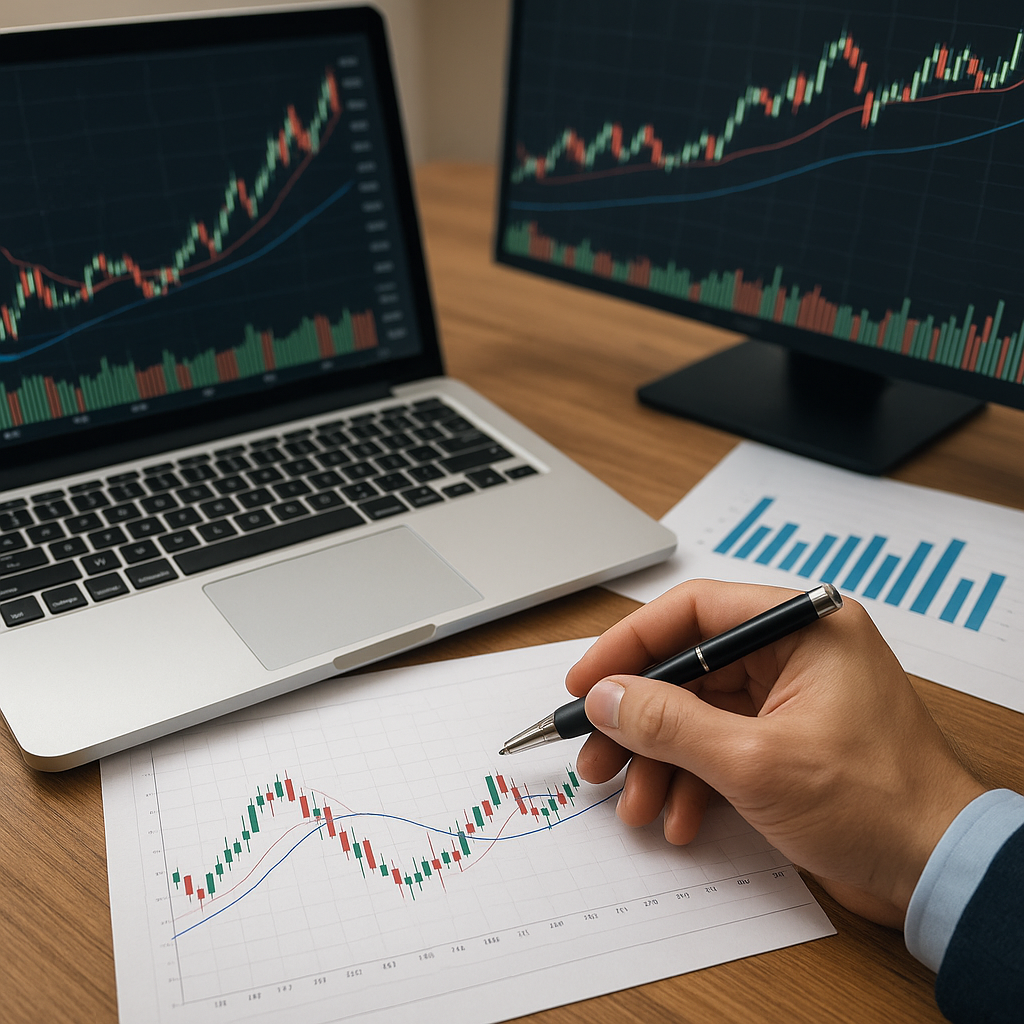Investing in currencies, also known as forex trading, can be a lucrative venture if approached with the right knowledge and strategy. This guide aims to provide a comprehensive overview of how to start investing in currencies, from understanding the basics to implementing advanced trading techniques.
Understanding the Basics of Currency Investing
What is Forex Trading?
Forex trading, or foreign exchange trading, involves buying and selling currencies in the global marketplace. The forex market is the largest and most liquid financial market in the world, with a daily trading volume exceeding $6 trillion. Unlike stock markets, forex trading operates 24 hours a day, five days a week, allowing for continuous trading opportunities.
Key Terminology
Before diving into currency investing, it’s essential to familiarize yourself with some key terms:
- Currency Pair: A quotation of two different currencies, with the value of one currency being quoted against the other. For example, EUR/USD represents the euro against the US dollar.
- Pip: The smallest price move that a given exchange rate can make. For most currency pairs, a pip is equal to 0.0001.
- Leverage: The use of borrowed capital to increase the potential return of an investment. In forex trading, leverage can amplify both gains and losses.
- Spread: The difference between the bid (buy) and ask (sell) price of a currency pair.
Choosing a Forex Broker
Selecting a reliable forex broker is crucial for successful currency investing. Consider the following factors when choosing a broker:
- Regulation: Ensure the broker is regulated by a reputable financial authority, such as the Financial Conduct Authority (FCA) or the Commodity Futures Trading Commission (CFTC).
- Trading Platform: The broker should offer a user-friendly and robust trading platform, such as MetaTrader 4 or 5.
- Fees and Commissions: Compare the spreads, commissions, and other fees charged by different brokers.
- Customer Support: Look for brokers that provide excellent customer service and support.
Developing a Trading Strategy
Fundamental Analysis
Fundamental analysis involves evaluating the economic, social, and political factors that can influence currency prices. Key indicators to monitor include:
- Interest Rates: Central banks’ interest rate decisions can have a significant impact on currency values.
- Economic Data: Reports on GDP, employment, inflation, and other economic indicators can provide insights into a country’s economic health.
- Political Events: Elections, policy changes, and geopolitical tensions can affect currency markets.
Technical Analysis
Technical analysis involves studying historical price charts and using various indicators to predict future price movements. Common tools and techniques include:
- Moving Averages: These indicators smooth out price data to identify trends over a specific period.
- Relative Strength Index (RSI): This momentum oscillator measures the speed and change of price movements, helping to identify overbought or oversold conditions.
- Fibonacci Retracement: This tool helps identify potential support and resistance levels based on the Fibonacci sequence.
Risk Management
Effective risk management is essential for long-term success in currency investing. Key risk management strategies include:
- Setting Stop-Loss Orders: A stop-loss order automatically closes a trade when the price reaches a predetermined level, limiting potential losses.
- Position Sizing: Determine the appropriate size of each trade based on your risk tolerance and account balance.
- Diversification: Avoid putting all your capital into a single trade or currency pair. Diversify your investments to spread risk.
Executing Trades and Monitoring Performance
Placing Trades
Once you have a trading strategy in place, it’s time to execute your trades. Follow these steps to place a trade:
- Select a Currency Pair: Choose the currency pair you want to trade based on your analysis.
- Determine Trade Size: Decide how many units of the currency pair you want to buy or sell.
- Set Entry and Exit Points: Determine your entry price, stop-loss level, and take-profit level.
- Monitor the Trade: Keep an eye on your trade and make adjustments as needed based on market conditions.
Tracking Performance
Regularly reviewing your trading performance is crucial for continuous improvement. Consider the following tips for tracking your performance:
- Maintain a Trading Journal: Record details of each trade, including entry and exit points, trade size, and the rationale behind the trade.
- Analyze Results: Periodically review your trading journal to identify patterns, strengths, and weaknesses in your trading strategy.
- Adjust Strategies: Based on your analysis, make necessary adjustments to your trading strategy to improve performance.
Advanced Trading Techniques
Algorithmic Trading
Algorithmic trading involves using computer programs to execute trades based on predefined criteria. This approach can help eliminate emotional biases and improve trading efficiency. Key components of algorithmic trading include:
- Trading Algorithms: Develop algorithms based on technical indicators, price patterns, and other criteria.
- Backtesting: Test your algorithms on historical data to evaluate their performance.
- Automation: Use trading platforms that support automated trading to execute your algorithms in real-time.
Hedging Strategies
Hedging involves taking positions to offset potential losses in other investments. Common hedging strategies in forex trading include:
- Currency Options: Purchase options contracts to protect against adverse price movements.
- Forward Contracts: Enter into agreements to buy or sell a currency at a predetermined price on a future date.
- Cross-Currency Pairs: Trade currency pairs that do not involve your base currency to diversify risk.
Conclusion
Investing in currencies can be a rewarding endeavor, but it requires a solid understanding of the market, a well-defined trading strategy, and effective risk management. By following the steps outlined in this guide, you can start your journey into currency investing with confidence. Remember to continuously educate yourself, stay disciplined, and adapt to changing market conditions to achieve long-term success.




